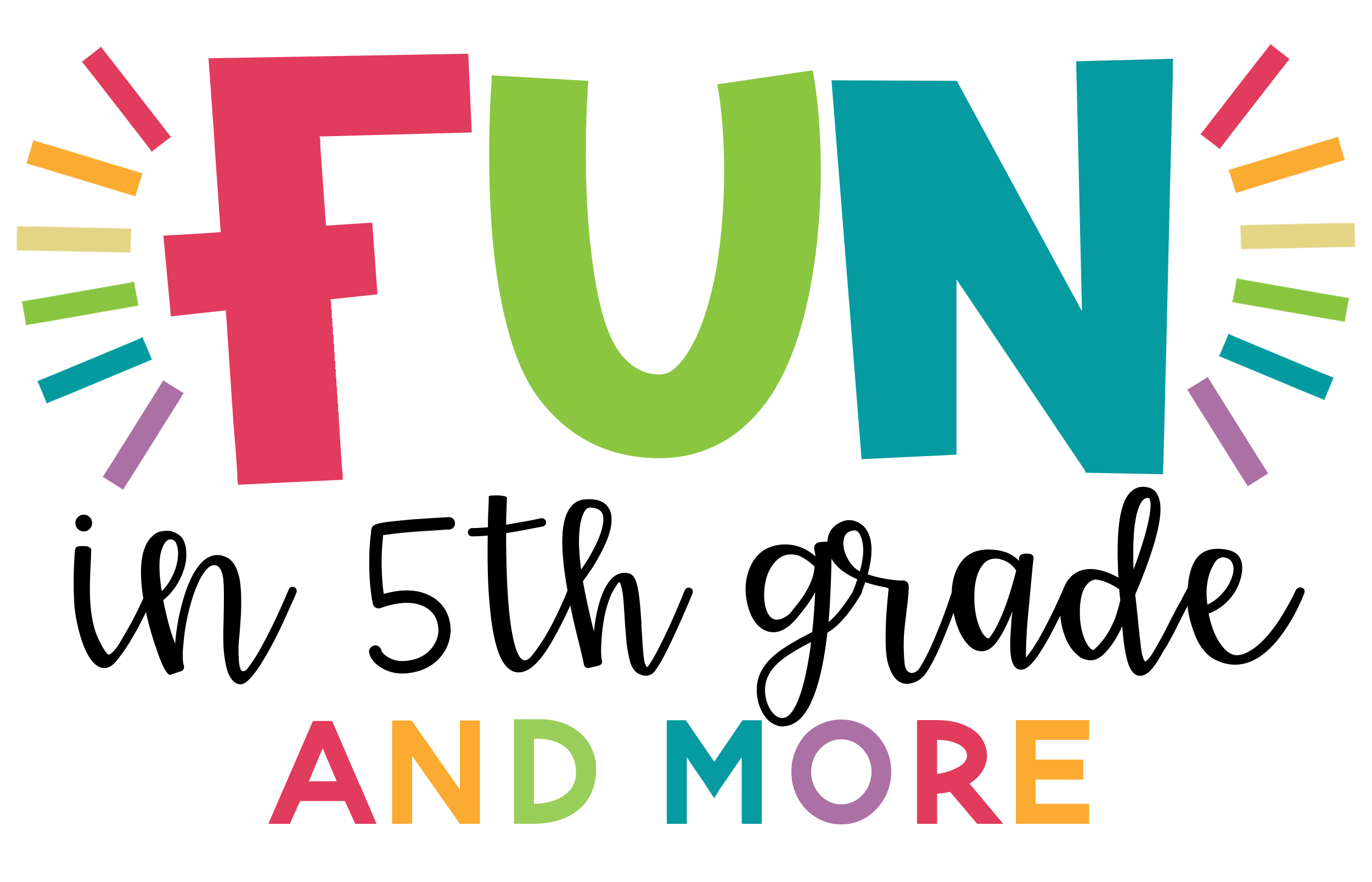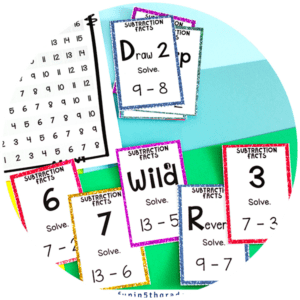Teaching figurative language with poems and songs shows kids how figurative language is naturally embedded into everyday life.
Songs and poems are filled with figurative language and were always my favorite way to introduce and practice each type of figurative language.
As I worked on fine-tuning my figurative language instruction and practice over the years, I have narrowed down the different ways I introduce and continue to review figurative language.
Back in this blog post, I talked about the first 5 days of introducing figurative language. Over those first 5 days, we worked through the Figurative Language flipbook and practiced using the given examples.
That process helps set up students with the foundation to continue to grow. As students get more confident, I really like teaching figurative language with poems and songs as well, and I would frequently pull some examples of each into my introduction of each figurative language type.
In this post, I will talk more about some of my favorite ways to work music into my figurative language instruction, as well as, my favorite poetry books to practice with.
Using Popular Lyrics in the Classroom
When teaching figurative language with poems and songs, you’ll want to use tunes your students are familiar with and enjoy.
Check out lyrics to popular songs your students are into and ensure they are school appropriate.
A perfect example to use is “Fireworks” by Katy Perry. It’s uplifting, school-appropriate, and has several examples of figurative language throughout the song. Other examples include “Happy” by Pharrell Williams, “Girl on Fire” by Alicia Keys, and “Let It Go” by Idina Menzel.
Print out the lyrics and play the song while students try to find and highlight any figurative language they recognize. Then have the students discuss their findings as a class or in groups.

Using Flocabulary
Another great place for learning about figurative language through music is Flocabulary. Their website states Flocabulary uses “Hip-hop videos and instructional activities that promote literacy and spark creativity.” Flocabulary is a paid online learning platform, but I found it to be very motivating for students and a great way to introduce them to a wide variety of skills and topics. You can start a free trial for 30 days here, but if you do a little digging, you can also find some examples on YouTube.
Here are some examples I found after just a quick search.
Using Poems in the Classroom
Grab a poetry book and find poems that include a variety of figurative language. Copy these poems for your students to dissect and practice.
Discuss the types of figurative language. You could have students highlight figurative language with a partner and discuss the type they think it is and what they think it means.
Poetry Books to Consider
There are many poetry books to choose from, but here are a few that I recommend, especially if you’re just getting started using poetry this way. Below I have listed several books I really like to use for this purpose, and I’ve also included some of my favorite poems for working on certain types of figurative language.
- Where the Sidewalk Ends by Shel Silverstein
- Alliteration [Top Picks: Hector the Collector (pgs 46-47) & Sarah Cynthia Sylvia Stout Would Not Take the Garbage Out (pgs 70-71)-This one also works for Hyperbole]
- Simile [Me and My Giant (pgs 38-39)]
- Metaphor [Where the Sidewalk Ends (pg 64)]
- Onomatopoeia [Joey (pg 26) & Little Blue Engine (pg 158)-This one is also good for personification.]
- Idiom [The Loser (pg 25)]
- Hyperbole [Sick (pgs 58-59)-Also suitable for simile and alliteration.]
- Personification [Sleeping Sardines (pg 54) & Snowman (pg 65) & Dancing Pants (pg 126)]
- A Beautiful Day in the Neighborhood: The Poetry of Mister Rogers
- Poetry for Young People: Edgar Allan Poe
- National Geographic Animal Poems

Bonus Tip: Using Picture Books
I didn’t want to sign off without mentioning picture books. Although it doesn’t fit perfectly under the topic of teaching figurative language with poems and songs, it is still a very effective way of teaching figurative language concepts.
No matter what method you use, teaching figurative language with poems and songs can be a lot of fun for you and your students as long as you consider their interests. Look for good examples in interesting places (like lyrics, poems, Flocabulary, and picture books), and (as always) play plenty of fun review games!





